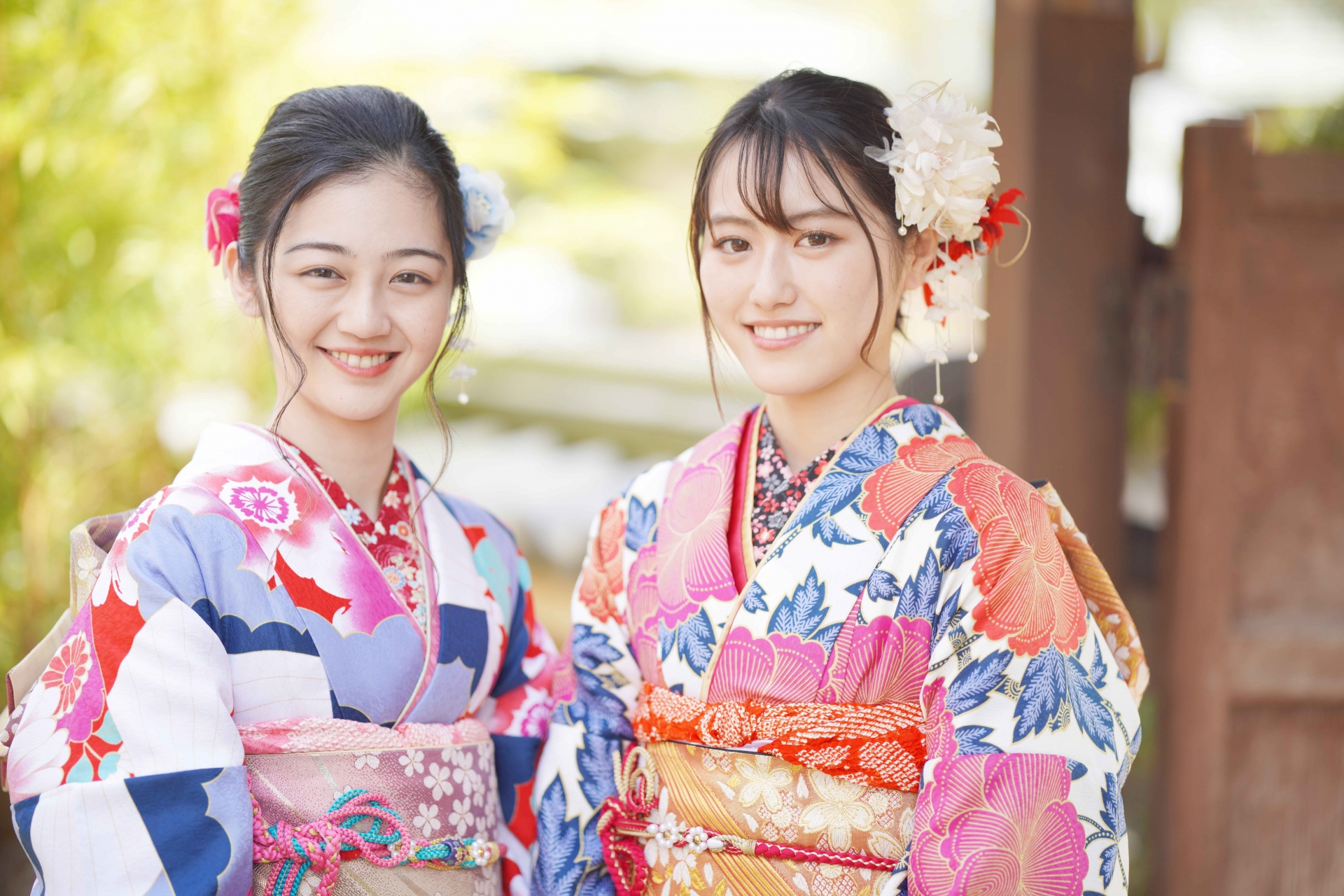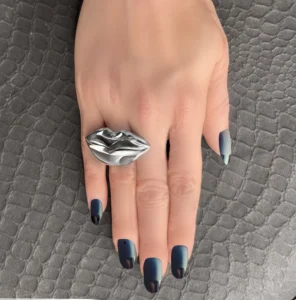Introduction
In the realm of Japanese fashion, few garments carry the cultural weight and stylistic finesse of the haori. This elegant outerwear piece has traversed centuries, embodying tradition, functionality, and a distinct aesthetic that has captivated fashion enthusiasts worldwide. From its origins as a practical garment worn by samurais to its modern-day status as a symbol of sophistication and refinement, the haori’s journey is a testament to the enduring allure of Japanese craftsmanship and design.
Origins and Evolution
To truly understand the significance of the haori, one must delve into its rich history. The haori traces its roots back to the Muromachi period (1336-1573), where it served as a practical garment worn over traditional Japanese attire, such as the kimono. Initially worn exclusively by men, the haori was a symbol of status and social standing, with elaborate designs and luxurious fabrics denoting wealth and power.
However, it was during the Edo period (1603-1868) that the haori underwent significant transformations, both in terms of design and function. As Japan entered an era of peace and prosperity, the samurai class shifted from military pursuits to cultural refinement, leading to the popularization of the haori among warriors and nobles alike. The garment evolved to reflect changing fashion trends, with shorter lengths and simplified designs becoming more prevalent.
By the Meiji period (1868-1912), the haori had transcended its original purpose and had become a staple of everyday attire for both men and women. Its versatility and timeless appeal made it a favored choice among the Japanese elite, who sought to showcase their sophistication and taste through their clothing. During this time, the haori also began to influence Western fashion, with designers drawing inspiration from its elegant silhouette and intricate patterns.
Design and Construction
At the heart of the haori’s allure lies its exquisite craftsmanship and attention to detail. Traditionally crafted from luxurious silk or wool fabrics, each haori is a masterpiece of textile artistry, with intricate weaving techniques and elaborate patterns showcasing the skill of Japanese artisans. From delicate floral motifs to bold geometric designs, the variety of patterns and colors available allows for endless customization, ensuring that every haori is a unique expression of its wearer’s personality.
The construction of a haori is equally impressive, with meticulous attention paid to every seam and stitch. The garment features a distinctive open-front design, with wide sleeves and a loose fit that drapes effortlessly over the body. This elegant silhouette not only adds a touch of drama to the wearer’s ensemble but also allows for ease of movement, making the haori as practical as it is stylish.
Furthermore, the haori often incorporates traditional Japanese design elements such as the kimono collar (eri) and the decorative cord (himo), which are used to fasten the garment closed. These subtle details serve to enhance the overall aesthetic of the haori while paying homage to Japan’s rich cultural heritage.
Contemporary Influence
While the haori has deep roots in Japanese tradition, its influence extends far beyond the shores of Japan, influencing fashion trends around the globe. In recent years, designers and fashion enthusiasts alike have embraced the haori for its timeless elegance and effortless sophistication.
In the world of high fashion, the haori has been reimagined and reinvented by renowned designers, who have incorporated its distinctive elements into their collections. From avant-garde runway looks to everyday street style, the haori continues to inspire creativity and innovation, proving that its appeal knows no bounds.
Moreover, the rise of sustainable fashion has prompted a renewed interest in traditional craftsmanship and artisanal techniques, further elevating the status of the haori. As consumers seek out clothing with a sense of history and authenticity, the haori offers a unique opportunity to connect with Japan’s cultural heritage while making a statement on the importance of preserving traditional crafts.
Conclusion
In a world dominated by fleeting trends and fast fashion, the haori stands as a beacon of timeless elegance and enduring craftsmanship. From its humble origins as a practical garment worn by samurais to its modern-day status as a symbol of sophistication and style, the haori’s journey is a testament to the enduring allure of Japanese tradition and the power of fashion to transcend time and culture.
As we continue to embrace diversity and celebrate the beauty of cultural exchange, let us not forget the humble haori and the role it plays in connecting us to Japan’s rich cultural heritage. Whether worn as a fashion statement or a nod to tradition, the haori remains a beloved symbol of Japanese craftsmanship and design, inspiring admiration and awe for generations to come.












+ There are no comments
Add yours